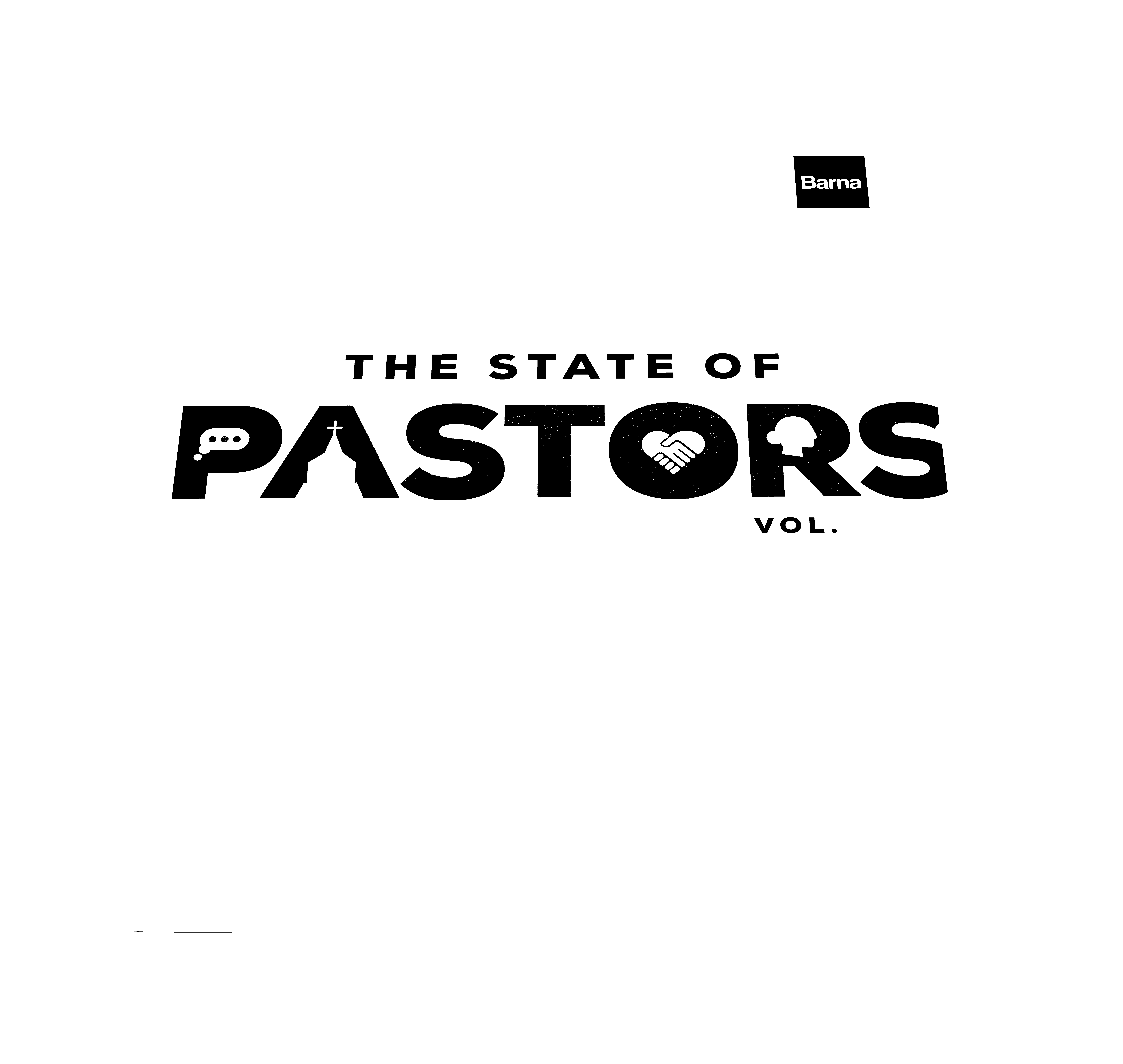Barna Describes Religious Changes Among Busters, Boomers, and Elders Since 1991
The three oldest generational segments of America’s population have been actively redefining their faith over the past two decades. A new analysis of Barna Group data from nationwide tracking surveys covering the last two decades reveals that in regard to 14 religious variables examined, each of the generational segments has experienced significant change concerning about half of those variables. On the heels of the release of his latest trends book, Futurecast, author and researcher George Barna added this generational analysis as part of the State of the Church series of reports from the Barna Group.
- Read Part 1: General Trends
- Read Part 2: Generational Trends
- Read Part 3: Gender Differences
- Read Part 4: Racial/Ethnic Differences
- Read Part 5: Regional Faith
- Read Part 6: By Faith “Tribes”
Your Leadership Toolkit
Strengthen your message, train your team and grow your church with cultural insights and practical resources, all in one place.
Young Adults: Baby Busters
An examination of the behavior and beliefs of adults born after the Boomer generation – i.e., those born from 1965 through 1983 – showed that there has been a lot of realignment taking place within this segment. Three of the six religious behaviors and five of the eight religious beliefs have undergone statistically significant change since 1991.
Among the behaviors that have shifted were:
- Bible reading undertaken during the week preceding the survey interview, excluding reading that occurred during church events, jumped nine percentage points, reaching 41% in 2011.
- Volunteering at a church during a typical week also grew by nine percentage points. The proportion climbed to 19% in 2011.
- The proportion of unchurched Busters – i.e., those who had not attended any church services during the past six months, not including special events such as weddings or funerals – hit 39% in 2011. That represented an eight percentage point increase since 1991.
Five belief-oriented measures also witnessed significant change among the Busters during the past twenty years.
- The percentage of Busters who describe themselves as Christians increased by nine points. Currently, 80% embrace that label.
- Making a personal commitment to Jesus Christ became much more fashionable among Busters during the last twenty years. Sixty percent of Busters have done so, a rise of 12 percentage points since 1991.
- Busters have become less indifferent toward the existence of Satan. Since 1991 there has been a ten percentage point drop in those who believe that Satan is simply a symbol of evil but not a living entity. However, a majority of Busters (55%) still concur that Satan is not a living being.
- Busters are less prone to believe that the Bible is totally accurate in all of the principles it teaches than they were twenty years ago. The proportion of those who strongly affirm the complete accuracy of the Bible’s principles has declined by 11 percentage points during that time, dropping to 35%.
- Being born again is more common today than ever among Busters. In 1991, only 23% met the criteria – saying they have made a personal commitment to Jesus Christ that is still important in their life, as well as believing that they will experience eternal salvation only because they have confessed their sins and accepted Jesus Christ as their savior. In 2011, 37% of Busters could be classified as born again.
The World Changers: Baby Boomers
No generation has been as widely chronicled as the Boomers, the post-war group born from 1946 through 1964. At every stage of their existence, this generation has redefined America’s ways of life – including its faith and spirituality. Four of their six religious behaviors and two of their eight religious beliefs tracked in this study have undergone statistically significant change since 1991.
The four religious behaviors that shifted included the following.
- Church attendance plummeted by 12 percentage points, dipping to 38% in 2011.
- Sunday school attendance by Boomers fell by nine points, from 23% in 1991 to just 14% in 2011.
- Volunteering at churches was less likely among Boomers in 2011 than was the case twenty years ago, declining from 28% in 1991 to 18% in 2011.
- While the Boomers have never been the generation most likely to attend church, during the past 20 years the percentage of unchurched Boomers has risen dramatically, jumping up 18 points! At 41%, they are now the generation most likely to be unchurched, surpassing the 39% level among Busters.
The pair of religious beliefs that have yielded substantial change in the last two decades are declines in those who hold an orthodox view of God (down six points, to 67%); and a reduction in those who are strongly convinced that the Bible is totally accurate in all of the principles it teaches (down seven points, to just 38%).
The pre-Boomer Segments – aka the Elders
This generational equivalent is a combination of the Builders (1927-1945) and Seniors (born prior to 1927), representing adults who are presently 66 or older. While many might assume that there would be little change in the spiritual lives of these folks, other than that brought on by physical infirmities, the survey data paint a different picture. Four of the six behaviors tracked experienced significant changes, and three of the eight beliefs followed also showed noteworthy shifts.
The four behavioral shifts involved these dimensions:
- Sunday school attendance dropped by eight points, from 28% in 1991 to 20% today.
- Bible reading undertaken during the past week, apart from such reading during church events, declined by eight points as well, moving from 54% to 46%.
- Unexpectedly, older Americans have gradually become more open to attending large churches. During the last 20 years there has been a 12-point increase in Elders who now attend a church of 600 or more people. Neither of the other generations reflected any proportional change in this dimension, suggesting that the growth in attendance at large churches is predominantly attributable to either transfer growth among post-Elders or to Elders leaving small churches in favor of larger communities of faith.
- The proportion of unchurched climbed eight points since 1991 among this group. Today three out of ten adults 66 or older (29%) are unchurched.
These are the trio of beliefs that experienced significant change since 1991.
- The number of Elders who have made a personal commitment to Jesus that is still important in their life these days rose by ten percentage points. That level now stands at three out of every four elderly Americans (76%).
- Concurrently, the percentage of Elders who meet the born again criteria (described above) increased by 11 points. Elders are far more likely than their younger colleagues to be classified, based on their beliefs rather than self-identification, as born again (49%).
- The proportion of Elders who believe that “God is the all-knowing, all-powerful creator of the universe who continues to rule that world today” has dropped by nine percentage points. Presently 71% have adopted that view, down from 80% in 1991.
In light of these results, George Barna has provided interpretive comments regarding these trends on his blog site, georgebarna.com. During the coming week (August 1 – 4) Barna will release four additional summaries regarding how the 14 religious factors tracked since 1991 have shifted according to people’s region, gender, ethnicity, and religious affiliation. He will also continue to provide commentary after each release on his blog site.
These Updates come shortly after the release of Barna’s newest book, Futurecast, which examines national trends in a wide array of areas including family, lifestyles, entertainment, technology, values, attitudes, demographics, and media consumption, in addition to religious beliefs and behaviors.
Additional Reading and Resources
- To read additional commentary about these trends, and to leave your own thoughts, go to georgebarna.com
Your Leadership Toolkit
Strengthen your message, train your team and grow your church with cultural insights and practical resources, all in one place.
About the Research
The data from which the trends are drawn is based on the annual OmniPoll™ survey conducted by the Barna Group each January of 1,000 or more adults. The 1991 survey included 1,005 adults randomly selected from across the United States. The comparable 2011 survey included 1,621 randomly chosen adults. Although the Barna Group has been conducting such research since 1984, it was not until 1991 that many of the core tracking questions used by the company were developed and then followed annually.
About Barna
Since 1984, Barna Group has conducted more than two million interviews over the course of thousands of studies and has become a go-to source for insights about faith, culture, leadership, vocation and generations. Barna is a private, non-partisan, for-profit organization.
Get Barna in Your Inbox
Subscribe to Barna’s free newsletters for the latest data and insights to navigate today’s most complex issues.




